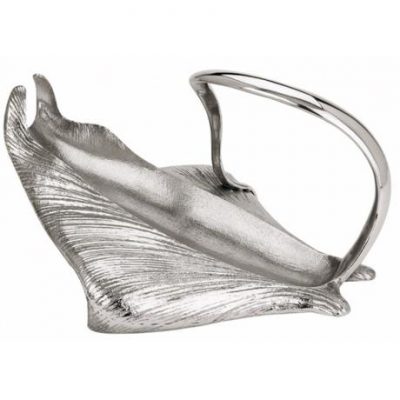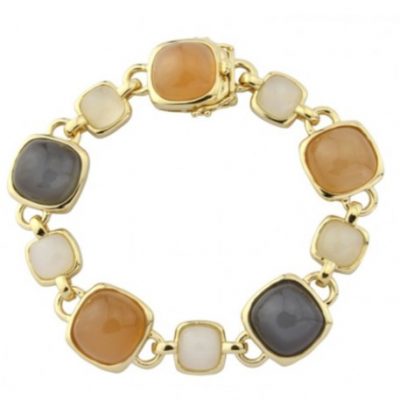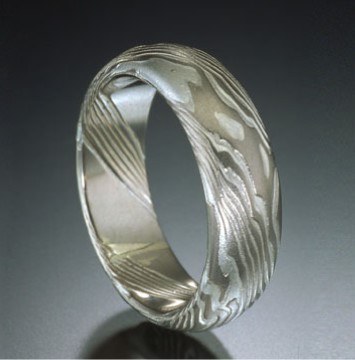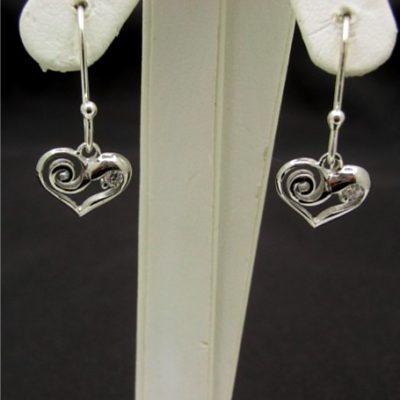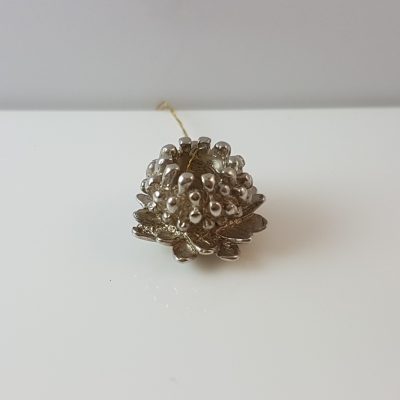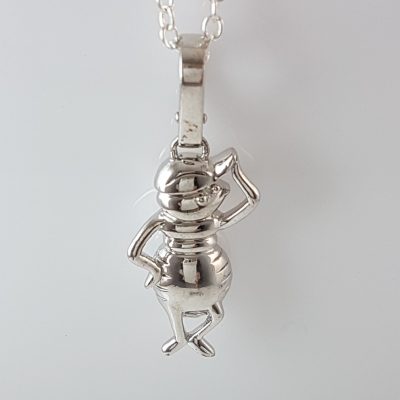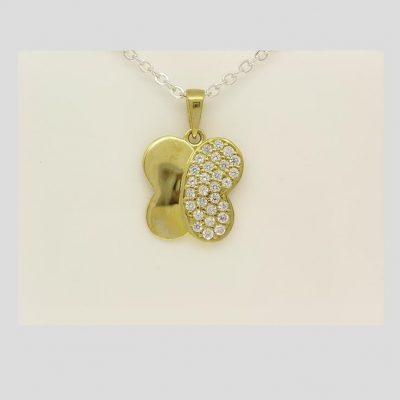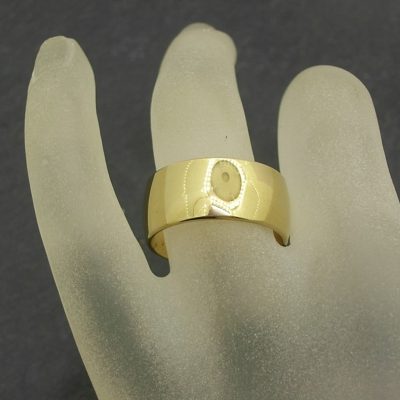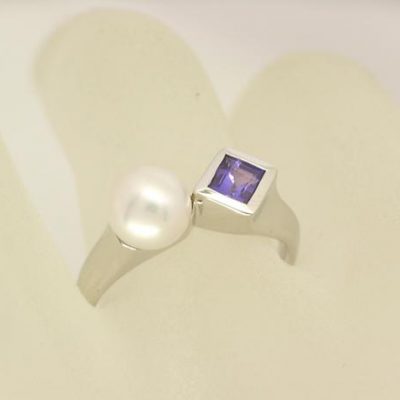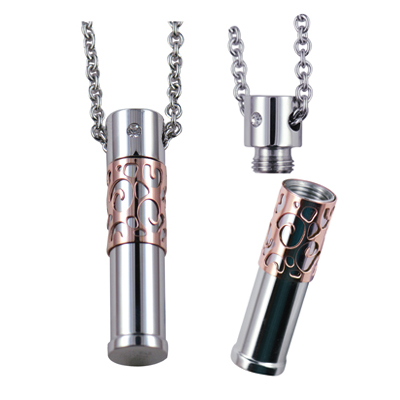Platinum
Platinum is the rarest, and most valuable of all the precious metals. It has inspired legendary fashion icons, and was used in early Egyptian times to adorn Priestess’s caskets. Only a small amount of Platinum is produced each year, which enhances its rarity.
Platinum jewellery contains more fine metal than most other jewellery, being at least 95% pure. This rich purity makes Platinum hypoallergenic, and its natural white colour will not tarnish or lose its lustre.
One of the strongest metals used in jewellery, Platinum will endure through all uses. It will resist wear even after a lifetime of use and is one of the best precious metals for setting gemstones and diamonds.
Palladium
A Platinum family member, Palladium is rich in lustre and has a slightly different shade of white to its sister Platinum.
This rare white metal has been found among early Egyptian artifacts, but it is only in the last few years that it has rapidly gained recognition as a vibrant addition to use in finished jewellery. As strong and as naturally white as Platinum; Palladium is durable and will last forever.
Palladium, although very similar to Platinum, has differing characteristics making it a unique and naturally stunning precious metal.
we recommend it is a cost effective alternative to platinum & is superior to white gold in its colour & durability
Platinum
Platinum is a chemical element with the chemical symbol Pt and an atomic number of 78.
Its name is derived from the Spanish term platina, which is literally translated into “little silver”.[1][2] It is a dense, malleable, ductile, precious, gray-white transition metal.
Platinum has six naturally occurring isotopes. It is one of the rarest elements in the Earth’s crust and has an average abundance of approximately 5 μg/kg. It is the least reactive metal. It occurs in some nickel and copper ores along with some native deposits, mostly in South Africa, which accounts for 80% of the world production.
As a member of the platinum group of elements, as well as of the group 10 of the periodic table of elements, platinum is generally non-reactive. It exhibits a remarkable resistance to corrosion, even at high temperatures, and as such is considered a noble metal. As a result, platinum is often found chemically uncombined as native platinum. Because it occurs naturally in the alluvial sands of various rivers, it was first used by pre-Columbian South American natives to produce artifacts. It was referenced in European writings as early as 16th century, but it was not until Antonio de Ulloa published a report on a new metal of Colombian origin in 1748 that it became investigated by scientists.
Platinum is used in catalytic converters, laboratory equipment, electrical contacts and electrodes, platinum resistance thermometers, dentistry equipment, and jewelry. Because only a few hundred tonnes are produced annually, it is a scarce material, and is highly valuable and is a major precious metal commodity. Being a heavy metal, it leads to health issues upon exposure to its salts, but due to its corrosion resistance, it is not as toxic as some metals.[3] Compounds containing platinum, most notably cisplatin, are applied in chemotherapy against certain types of cancer.[4]
Palladium
is a chemical element with the chemical symbol Pd and an atomic number of 46. It is a rare and lustrous silvery-white metal discovered in 1803 by William Hyde Wollaston. He named it after the asteroid Pallas, which was itself named after the epithet of the Greek goddess Athena, acquired by her when she slew Pallas. Palladium, platinum, rhodium, ruthenium, iridium and osmium form a group of elements referred to as the platinum group metals (PGMs). These have similar chemical properties, but palladium has the lowest melting point and is the least dense of them.
Over half of the supply of palladium and its congener platinum goes into catalytic converters, which convert up to 90% of harmful gases from auto exhaust (hydrocarbons, carbon monoxide, and nitrogen dioxide) into less-harmful substances (nitrogen, carbon dioxide and water vapor). Palladium is also used in electronics, dentistry, medicine, hydrogen purification, chemical applications, groundwater treatment and jewelry. Palladium plays a key role in the technology used for fuel cells, which combine hydrogen and oxygen to produce electricity, heat, and water.
Ore deposits of palladium and other PGMs are rare, and the most extensive deposits have been found in the norite belt of the Bushveld Igneous Complex covering the Transvaal Basin in South Africa, the Stillwater Complex in Montana, United States, the Thunder Bay District of Ontario, Canada, and the Norilsk Complex in Russia. Recycling is also a source of palladium, mostly from scrapped catalytic converters. The numerous applications and limited supply sources of palladium result in the metal attracting considerable investment interest.

